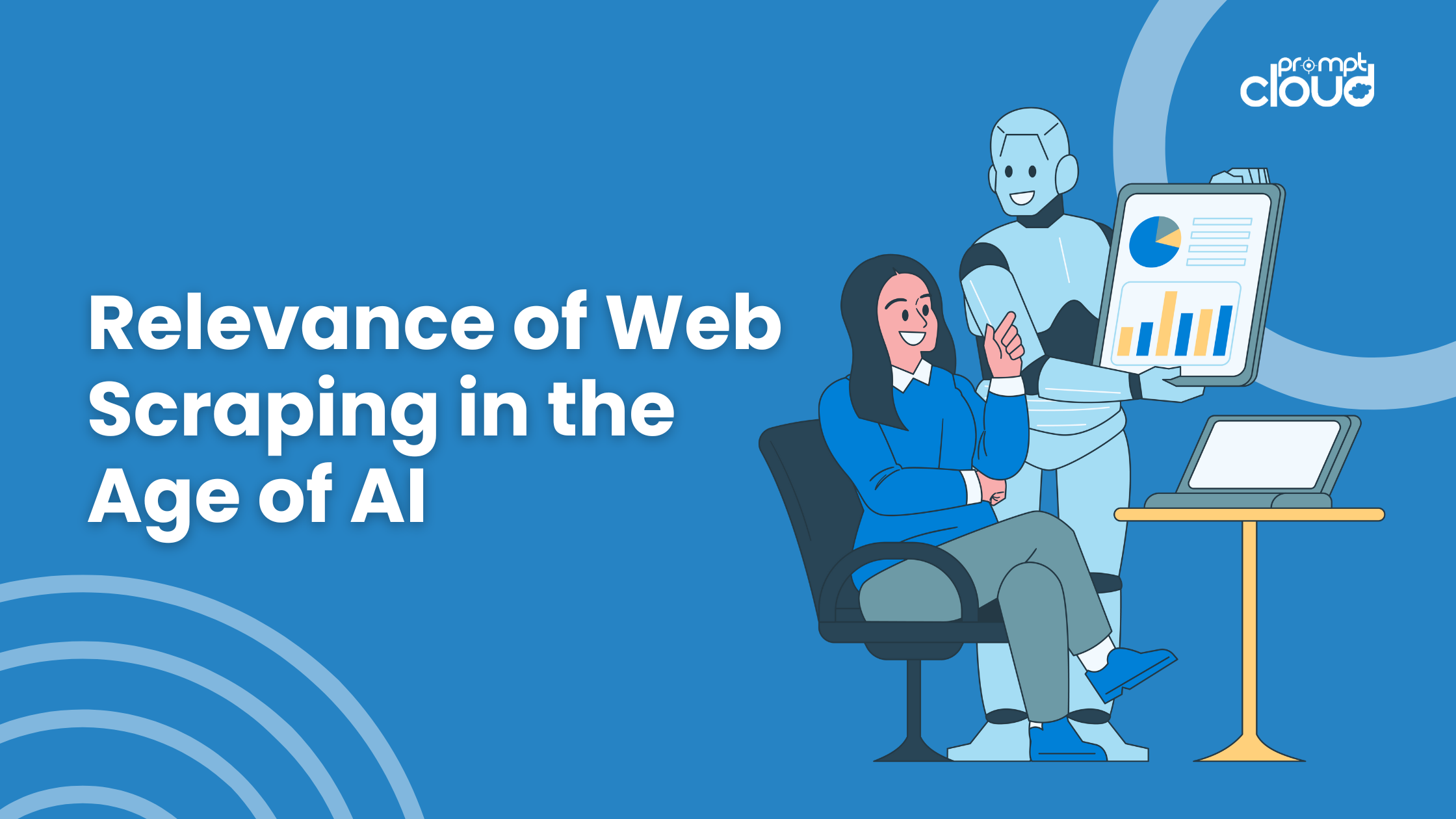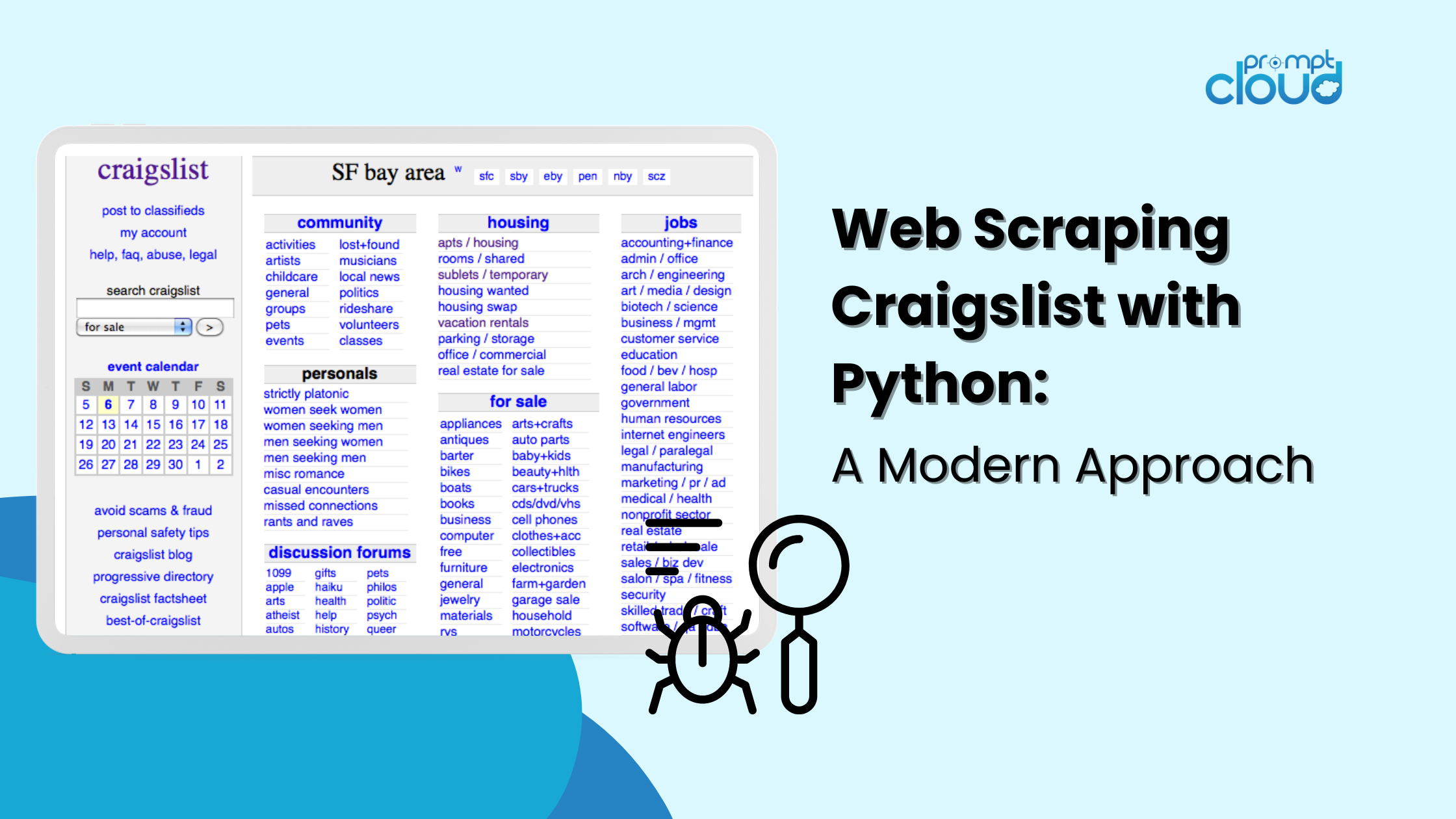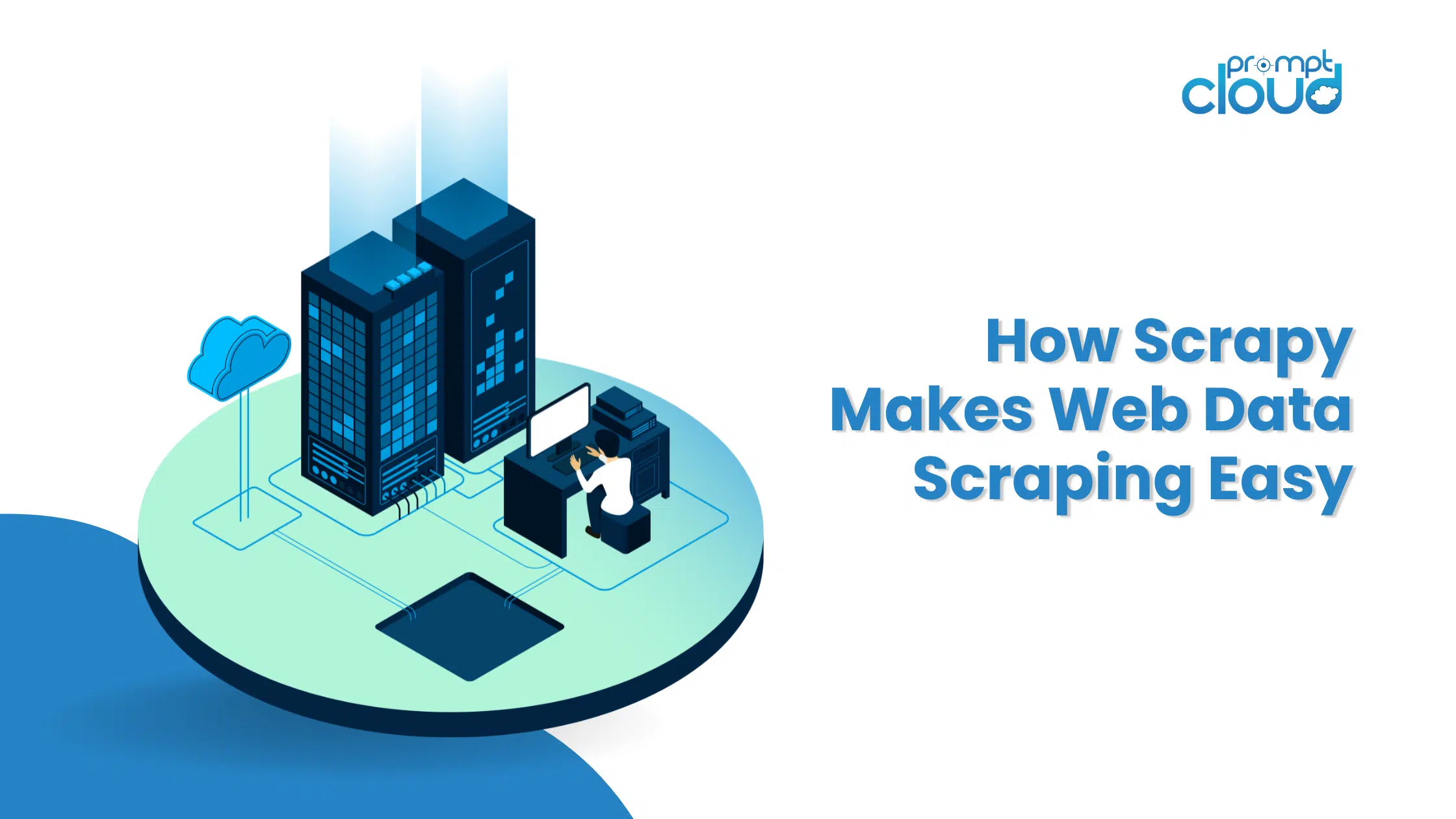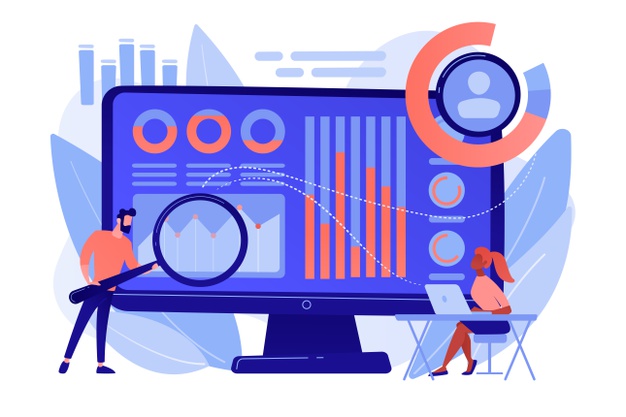
Imagine you’re running a small marketing agency, and are looking to establish your business in another city. But for that, you would need clients in the new city! You could opt for manually searching the internet, website by website, to collect contact information and business details that match your ideal client profile, but that turns out to be tedious and time-consuming. What if we tell you, there’s a smarter way – web scraping for lead generation. Think of it as having an indefatigable digital companion that skillfully traverses the expansive internet, retrieving pertinent information, and crafting a roster of potential leads just for you.
In this guide, we’ll delve into how web scraping can fuel your lead generation efforts, ensuring that the process isn’t just more streamlined but also significantly more potent.
Understanding Web Scraping for Lead Generation
Web scraping, alternatively referred to as web harvesting or web data retrieval, involves the automated extraction of data from websites. It involves sending requests to web pages, parsing the HTML or other structured data, and extracting specific information for various purposes. In the context of lead generation, web scraping allows you to gather valuable information about potential customers from online sources.
Why use web scraping for lead generation
Web scraping offers several advantages for lead scraper:
- Efficiency: It can automate the process of lead scraper, saving you time and effort.
- Accuracy: Web scraping tools can extract data consistently and accurately.
- Scalability: You can scrape information from a large number of websites and sources.
- Customization: Tailor your web scraping scripts to target specific leads that match your criteria.
Selecting the Right Tools and Technologies
Popular web scraping tools and libraries
Numerous tools and libraries are at your disposal for web scraping, with a selection of well-known options, such as:
- Beautiful Soup: This Python library is designed for extracting information from HTML and XML documents.
- Scrapy: An extensive Python framework tailored for web crawling and the extraction of data..
- Selenium: A tool primarily used for browser automation but can also be used for web scraping.
Choosing the right programming language
Python is a popular choice for web scraping due to its approachable syntax and the wide array of libraries designed for web data extraction. Alternatively, certain developers opt for languages like Node.js, Ruby, and Java to accomplish web scraping tasks.
Paid vs. free web scraping tools
There are both paid and free web scraping tools available. Free tools are ideal for beginners, offering basic features and functionality for simpler scraping tasks. However, if your project is more advanced or resource-intensive, consider paid options. These premium tools provide advanced capabilities, increased reliability, and better support.
In addition to standalone software, you can also explore web scraping service providers that offer convenient, scalable solutions, albeit at a cost. Evaluate your project’s specific requirements and your budget to make the best choice for your web scraping needs.
Process of Web Scraping for Lead Generation
Identifying Target Websites
The first step in using web scraping for lead scraper is to identify the target websites. These are the websites where you believe your potential customers would be present. This could be industry-specific forums, social media platforms, or online directories. It’s crucial to select websites that are likely to have updated and accurate information about your target audience.
Creating a Scraping Strategy
Once you’ve pinpointed the websites you want to target, the subsequent task involves developing a scraping strategy. This encompasses determining the specific data you wish to extract and devising a plan for traversing the website’s structure to locate it. Here’s a comprehensive step-by-step process for crafting an effective scraping strategy:
- Specify Your Data Objectives: Clearly define the precise information you intend to retrieve from the targeted websites. This could encompass contact details, job titles, company names, or any other pertinent data points crucial to your lead scraper.
- Examine the Website’s Framework: Employ web scraping tools such as browser developer tools or specialized software to meticulously examine the HTML structure of the chosen website. Your goal is to spot the tags, classes, or other distinctive markers that house the data you seek.
- Construct the Scraping Logic: Drawing from your insights into the website’s structure, outline the logical steps necessary to navigate to the desired data. This may involve actions like clicking on links, submitting forms, or scrolling through pages to access the information.
- Select the scraping method: Choose the appropriate scraping method based on the complexity of the target website. This could include using browser extensions, writing custom scripts with languages like Python or using dedicated scraping tools.
- Implement error handling: Anticipate potential errors or obstacles during the scraping process, such as login requirements or CAPTCHA challenges. Implement error-handling techniques to ensure a smooth and uninterrupted scraping experience.
Data Extraction and Lead Generation
Now that you’re all set with your web scraping strategy, it’s time to kickstart the data extraction and lead generation process. Let’s delve into the step-by-step breakdown:
- Acquire the essential tools: Make sure you have the necessary software, tools, or programming expertise to implement your scraping strategy effectively. This may involve installing scraping libraries or writing custom code.
- Prepare your scraping environment: Set up your scraping environment, including choosing the appropriate programming language, installing the necessary packages, and setting up any proxy or IP rotation mechanisms if necessary.
- Execute your scraping strategy: Implement your scraping logic by following the steps outlined in your strategy. Use the identified HTML structure to navigate the website, extract the desired data, and save it in a structured format such as a CSV or Excel file.
- Validate the extracted data: Review the extracted data to ensure its accuracy and completeness. Remove any duplicates, incorrect entries, or irrelevant information.
- Integrate data into your lead generation process: Once you have the extracted and validated data, integrate it into your lead generation process. This could involve importing the data into a CRM system, uploading it to an email marketing platform, or utilizing it in any other relevant marketing or sales tools.
Conclusion
Web scraping stands as a formidable ally in the realm of lead generation, offering businesses a treasure trove of priceless insights into prospective customers. As you journey through the comprehensive steps laid out in this guide, you’ll learn how to harness the power of web scraping to pinpoint specific websites of interest, devise an effective scraping strategy, and successfully harvest invaluable leads.
It’s vital to maintain a strong commitment to ethical conduct and a deep respect for website terms of service as you engage in web scraping activities. With the right methodology, web scraping holds the potential to revolutionize lead generation for businesses aiming to elevate their efforts in this arena.
Looking for a reliable solution for web scraping for lead generation? PromptCloud has got you covered! With our experience and expertise in web data extraction, you can trust us to provide you with the accurate and relevant data you need to generate leads for your business.




















